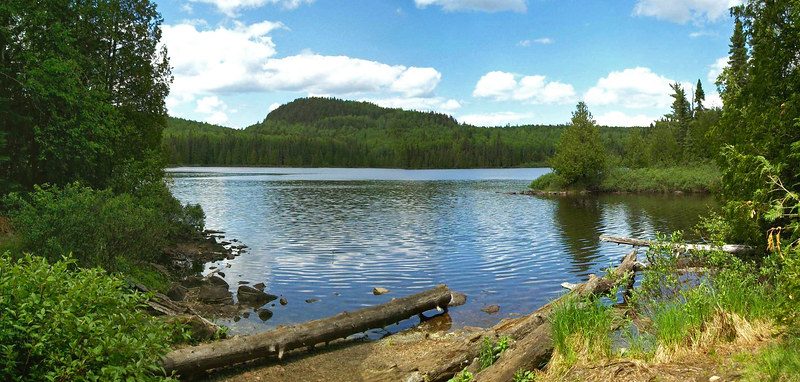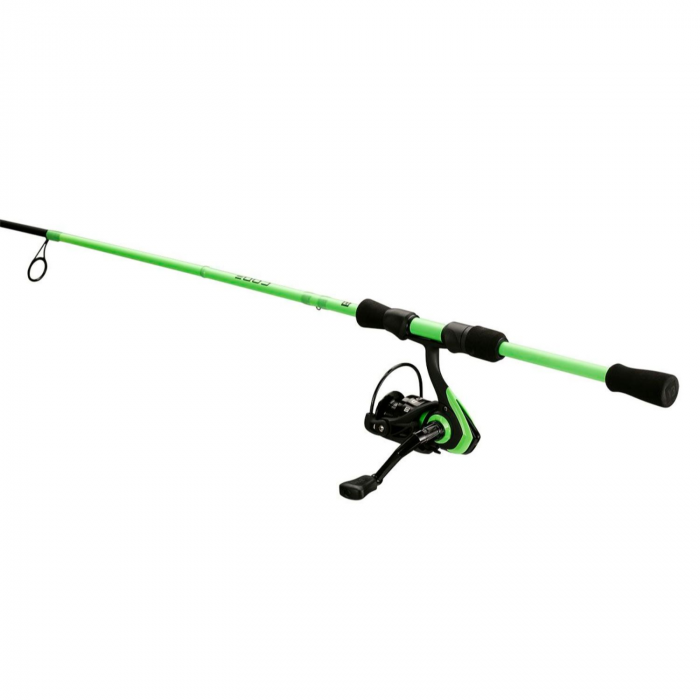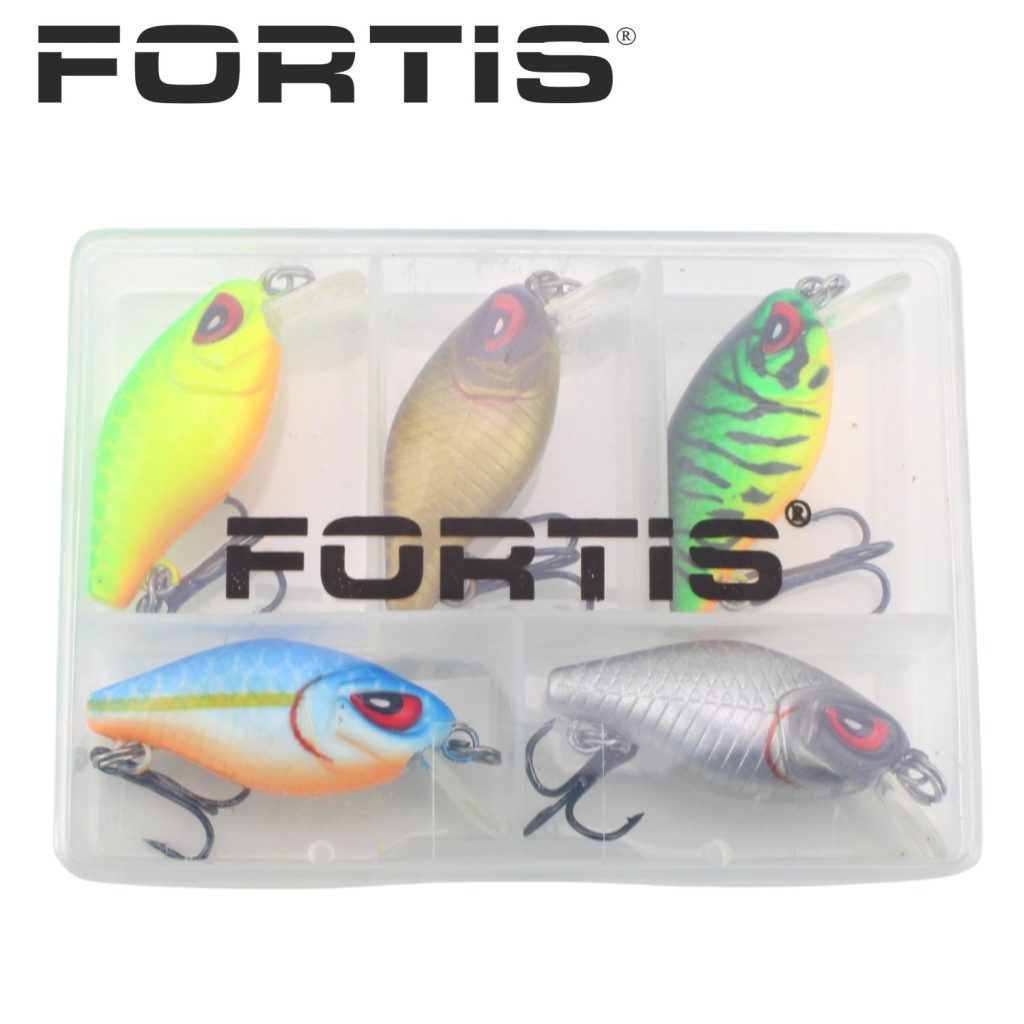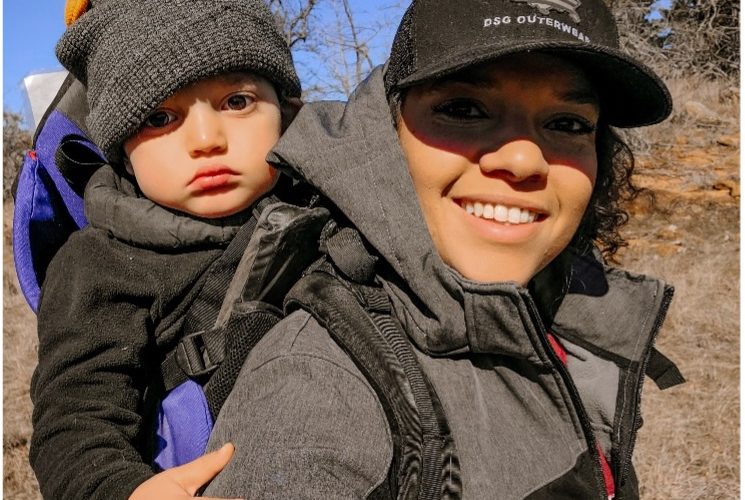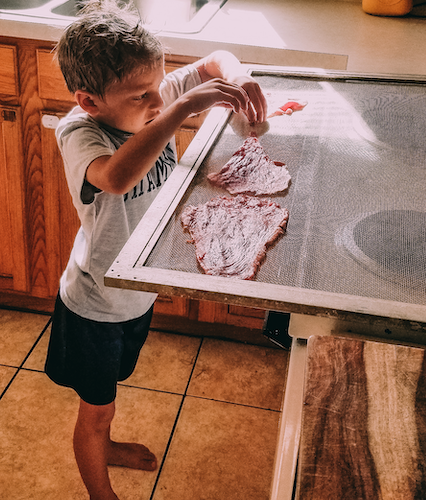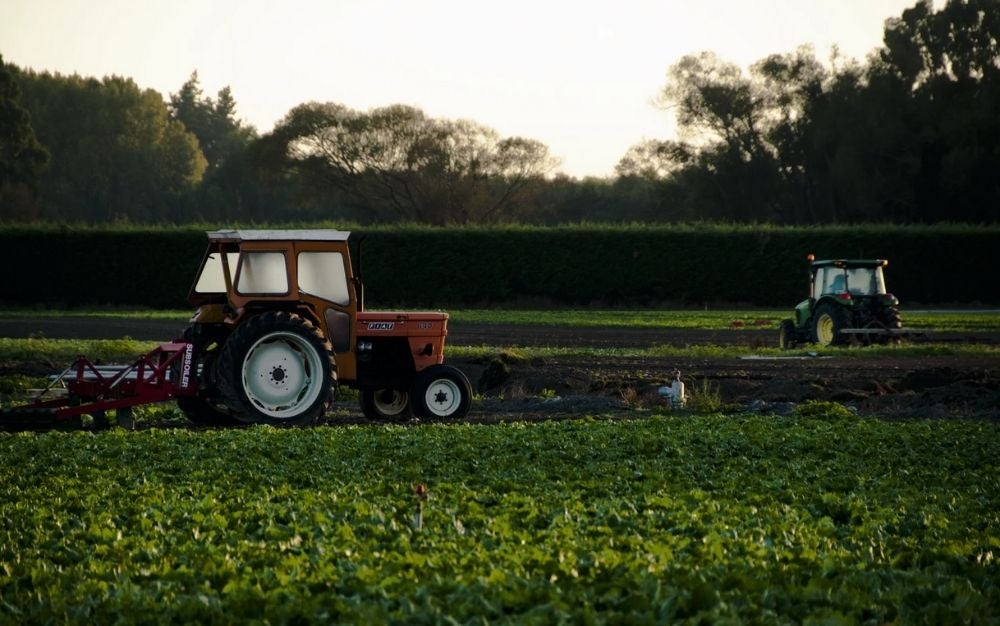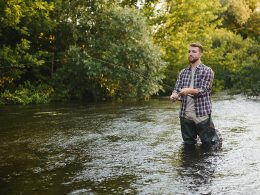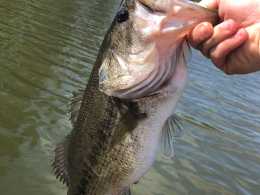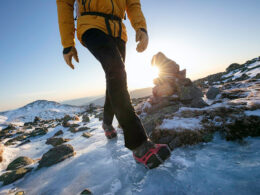As the return of spring time pushes us back outdoors to participate in all of our favorite warm weather activities, it is an especially exciting time for all anglers. From serious anglers who have spent all winter ice fishing, to complete beginners looking to cast their first line.
The spring walleye fishing season is a terrific place to spend some time. In this article, I will take you through some helpful things you should know when it comes to fishing, and more specifically fishing for spring walleye. I will share wisdom from life long anglers on the best locations, techniques, and gear used to catch walleye in the spring months.
As a time honored tradition in my family, I will also share with you my experiences while walleye fishing and what it means to me.
Table of Contents
There Is No Guarantee
Fishing has been a favorite outdoor activity for people for many many years, whether you are fishing for food or for sport. There are many different methods of fishing and tons of different types of fish to strive for when fishing, and many require different types of techniques and gear.
To the beginning angler this can be overwhelming and make it hard to know where to get started. It’s also important to note that even with the very best gear, the best location, and the best techniques.
There is no guarantee that you will be successful on your fishing adventure. This is one of the many reasons that fishing is so enticing and lucrative for many outdoor enthusiasts.
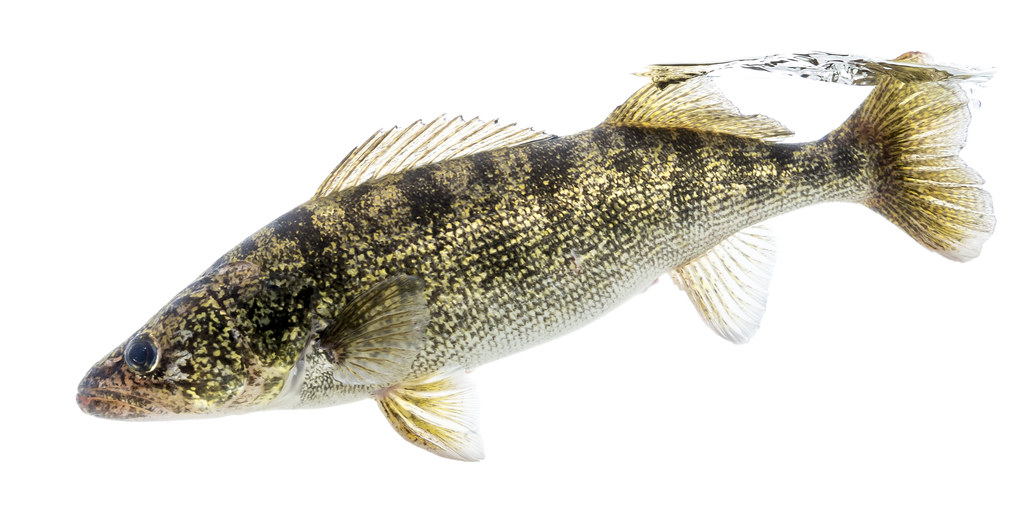
Why Is It Popular?
Let’s start out with why spring walleye fishing is so popular and how spring weather, time of day, and location affects your chances of catching a walleye.
Walleye are a common freshwater fish and reside mostly in rivers, natural lakes, and reservoirs. They are highly sought after in most places in the Northern United States due to their delicious flaky white fillets, elusiveness, and distinct features. Walleyes not only make a delicious fillet, but are easy fish to prepare for even the beginning angler who wants to enjoy their hard earned catch.
While a very common fish to find, they can be a tricky fish to catch, especially if you are hunting for bigger sport walleyes and not smaller ones that are typically used for fillets. Some people enjoy fishing for walleye simply for their distinct and captivating appearance. They boast a pretty blend of gold scales, a big dorsal fin, and black marble eyes.
Whatever your reason may be, let’s get into some of the main things that you should know before you head out.
Where Are The Walleye?
Springtime is a terrific time for catching all types of fish, and walleye are no exception. Walleye spawn in the spring, and the end of winter makes them very active.
The active months for walleye will depend on the temperature of the water where you are fishing. Typically, April through June is the best time to get your line in the water as the temperature rises and the water warms up. While the general location of walleye will vary from place to place depending on where you are fishing.
We know there are a few places that these common, but mysterious fish like to hang out. If you are fishing for walleye in a river, anglers suggest finding the place where they will be spawning or feeding. Spawning walleye will be found in the shallower areas, out of the current.
The walleye looking for food will be found in the current, or in an area where the bottom changes from hard to soft. If you are fishing for walleye in a lake or reservoir many long time anglers suggest looking for walleye near structures.
Structures can be anything from a rock pile, to fallen trees, the edges, or a reef.
The Gear, The Bait, The Tackle
Now that you know where to look for hungry spring walleye let’s go over a few more details that will help you out.
Once you figure out where you’re gonna be fishing at and what to look for as far as location. It’s important to know that generally the best times to be on the water looking for walleye will be early morning or late evening.
This is due to the fact that when the sun is out midday walleye will move deeper and avoid the light. However, when there is less light, walleye emerge and go to shallower areas to find food. The location and time to fish for walleye are pretty common knowledge for experienced anglers, and have been proven to work quite well.
The next information we are going to discuss is not going to be one size fits all and that is, the gear, bait and tackle, and method of fishing you will be using. There are a few different methods used when fishing for walleye and tons of different poles, bait, and tackle options out there. I will share with you the basic methods, poles, bait, and tackle for those methods.
The Common Pole
Obviously, what pole you choose to buy is based on a few factors such as how often you plan on using it, how much experience you have fishing, and what your spending limit is. A common pole for walleye fishing is a medium light to medium, six-foot pole with a fast spinning wheel. I could go on and on but I suggest doing a little bit of diligent research on your own before buying a pole. Keep the previous factors that I have listed in mind when buying your pole.
The Methods
There are a few different methods used when fishing for walleye, and which method you use will depend on a few things. Some of the factors are the gear you bought, whether or not you have access to a boat, and the body of water you choose to fish.
The most popular method most anglers agree on is bottom jigging. This is a method where you cast your jig head out until it hits bottom and then pull the tip of your rod up until your jig is just off the bottom. Live bait such as minnows, leeches, and nightcrawlers are common bait used when jigging bottom. This is a stationary method that you can do from the dock or land, if you do not have a boat. If jigging is not working for you, another popular method is trolling for walleye.
Trolling is a method that involves dragging a baited rig or lure just off the bottom behind a moving boat at a slow speed . There are a few different bait and tackle options for anglers choosing to troll. One that I am most familiar with is the baited worm harness, another favorite among anglers is a baited crankbait.
The last method I am going to discuss is the slip bobber method.
This method is a stationary method that involves a slip bobber, a weight, and a hook. Just cast your line in the water, make sure your bobber is upright, and watch it till it goes under. Just like the previous two methods you will want to have your hook set up just off the bottom where the walleye are active.
Live bait such as leeches, minnows, and nightcrawlers are used when slip bobbing. A key point to add about the slip bobber method is that it is the best one for new anglers and groups of new anglers all fishing at once.
This is due to its simplicity of set up and technique. The best way to find out which of these methods is for you, is to try them all. If a certain method isn’t working try a different one, there is no one size fits all when it comes to walleye fishing.
Conclusion
Spring walleye fishing is a special time for all anglers. It doesn’t matter if it’s your first time taking your family, or you can’t remember the last time you weren’t casting for spring walleyes.
I was fortunate enough to spend springtime walleye fishing with my uncle and grandfather who had been doing it for many years. Spending many spring mornings, and summer nights, in a boat, or on a dock, learning the same techniques from them that I have outlined in this article.
As I grew older, and was able to go fishing on my own, I found myself thinking about my first times fishing with my uncle and grandfather. They would often pass the time by telling me stories from their lives, and share wisdom with me that can only be learned through living a long and full life. I often don’t remember how many fish we caught that day or how big they were.
I remember the conversations we had, and all the time we got to spend together. It became less about fishing, and more about carving out time together.
Disguising an activity as an excuse to get away from the world for a while. So I hope during this spring, summer, fall, or winter, you find an activity you enjoy, and do it as much as possible, with the people you enjoy the most.

